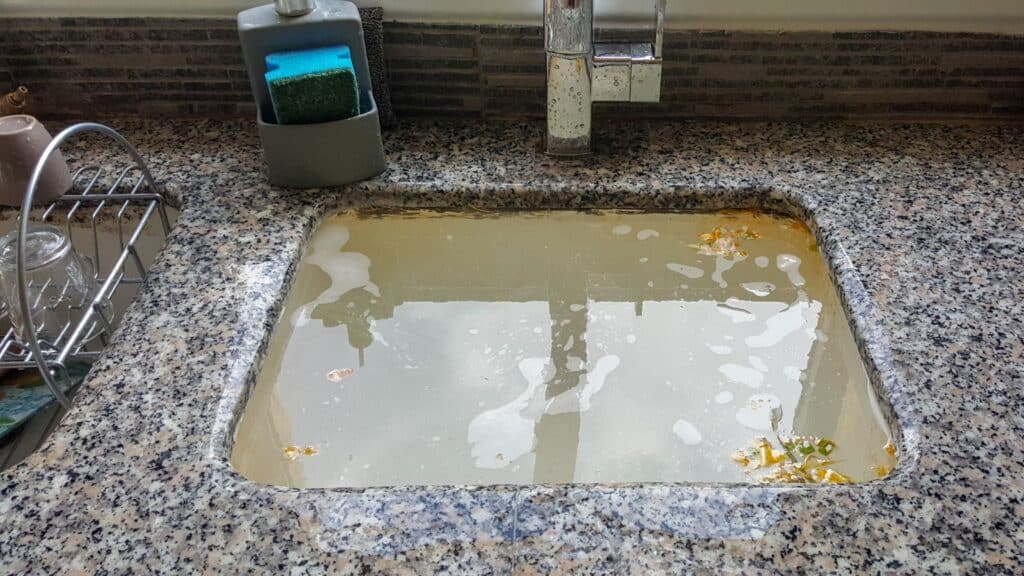Purchasing a new furnace is a significant investment, and understanding the intricacies of furnace warranties is paramount to safeguarding that investment. Warranties are designed to provide peace of mind, but they often come with a myriad of terms and conditions that can be daunting. This article aims to elucidate the various aspects of furnace warranties, ensuring that you are well-informed about what is covered and what is not.
Types of Furnace Warranties
Manufacturer’s Warranty
A manufacturer’s warranty is typically included with the purchase of a new furnace. This warranty covers defects in materials and workmanship.
The duration of these warranties can vary, usually ranging from five to ten years. Some manufacturers even offer lifetime warranties on certain components, such as the heat exchanger. It is crucial to read the fine print, as the terms may stipulate specific maintenance requirements to keep the warranty valid.
Extended Warranty
An extended warranty is an additional coverage option that you can purchase separately. These warranties extend the coverage period beyond the standard manufacturer’s warranty. Extended warranties often encompass both parts and labor, providing a more comprehensive protection plan. However, it is important to scrutinize the terms to ensure that the extended warranty offers genuine value and is not redundant.

What’s Covered
Parts Coverage
Most furnace warranties cover essential components such as the heat exchanger, blower motor, and electronic controls. The coverage can differ significantly between manufacturers, so it is advisable to compare warranties when purchasing a new furnace. Some warranties may only cover parts, leaving you responsible for labor costs.
Labor Coverage
Labor coverage is often excluded from standard manufacturer warranties. However, certain extended warranties and maintenance plans offer labor coverage, which can be invaluable, especially in the case of emergency furnace repair. It is essential to verify whether labor costs are included in your warranty or if they require separate coverage.
Furnace Repair in Calgary
Emergency furnace repairs can be a costly affair. Some warranties provide coverage for emergency repairs, while others do not. Understanding the extent of emergency coverage is crucial, particularly for those living in colder climates, such as Calgary. If your warranty does not cover emergency repairs, you may want to consider supplemental insurance or a comprehensive maintenance plan.

What’s Not Covered
Regular Maintenance
Routine maintenance, including annual inspections and filter replacements, is generally not covered by furnace warranties.
Neglecting regular maintenance can void your warranty, making it imperative to adhere to the recommended maintenance schedule. Many companies offer furnace maintenance plans that can help you comply with these requirements.
Wear and Tear
Normal wear and tear is typically not covered under furnace warranties. Components that degrade over time due to regular use will usually not be replaced under warranty.
Understanding this limitation can help you manage expectations and plan for eventual out-of-pocket expenses.
Improper Installation
Improper installation can void your furnace warranty. It is essential to ensure that your furnace is installed by a licensed professional to avoid invalidating your warranty.
Always keep documentation of the installation process as proof of proper installation.

Emergency Furnace Repair Services
Navigating the complexities of furnace warranties can be challenging, but being well-informed can save you from unexpected expenses. Ensure that you thoroughly review your warranty terms, understand what is covered and what is not, and adhere to all maintenance requirements. By doing so, you can protect your investment and ensure the longevity of your furnace.
For more information on furnace warranties, maintenance plans, and emergency furnace repair in Calgary, contact a certified HVAC professional today.







